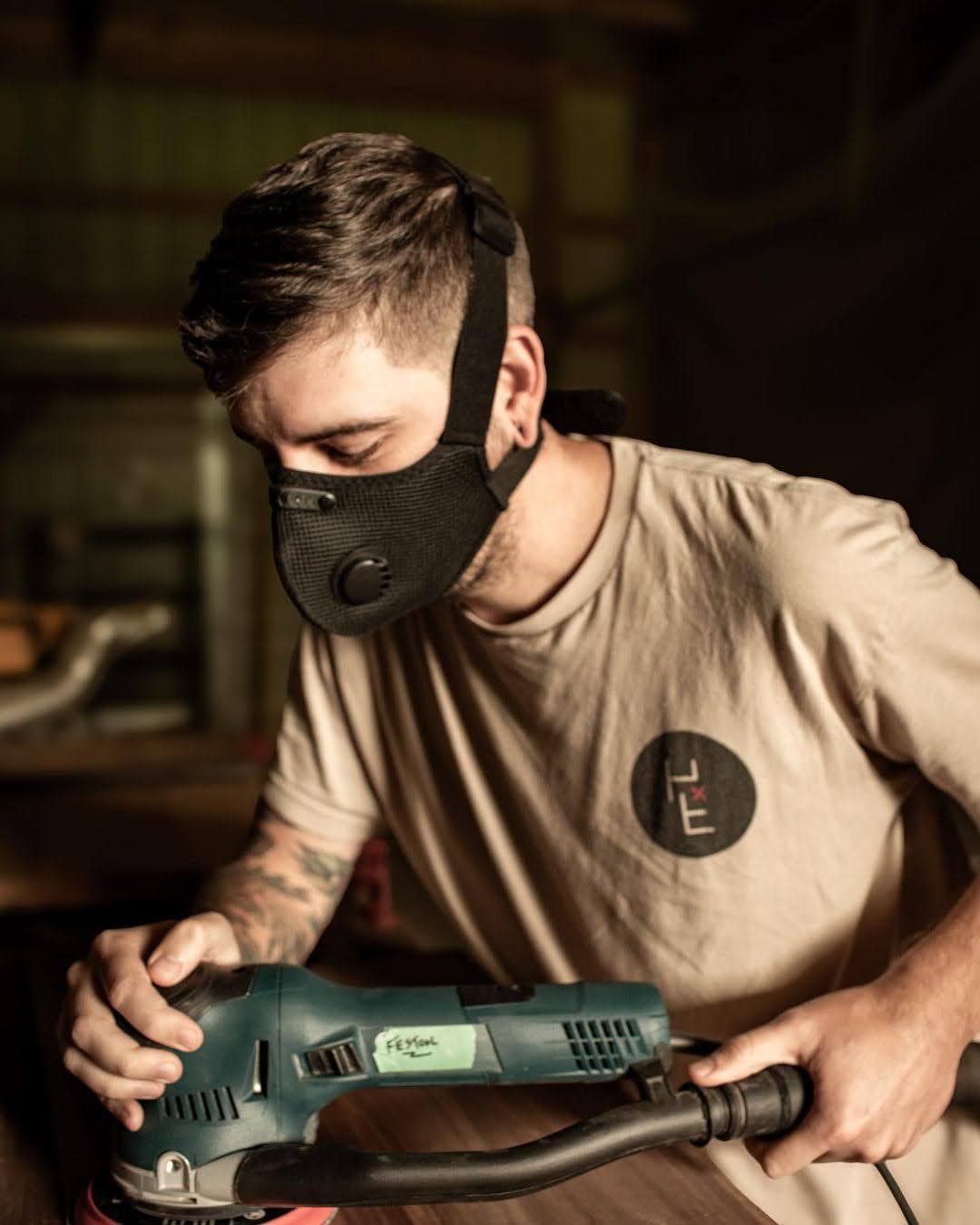The journey of recovery from addiction is a profound one, demanding immense courage and resilience. But the path is often fraught with challenges, including the lingering effects of substance use on the brain. Addiction can literally alter brain structure and function, leading to impaired decision-making, heightened impulsivity, and difficulties with focus and emotional regulation. However, the human brain possesses an incredible capacity for healing and adaptation, a phenomenon known as neuroplasticity. Emerging research and anecdotal evidence suggest that engaging in mentally stimulating and creatively demanding activities, such as LEGO robotics, Scratch programming, and electrical engineering projects, can be powerful tools in restructuring the damaged brain and fostering a more robust recovery.
1. Building Blocks for a Better Brain: Restructuring Through Technical Engagement
Addiction often creates neural pathways centered around seeking and using substances. These pathways become deeply ingrained, making it difficult to break free from cravings and compulsive behaviors. To truly recover, individuals need to actively forge new, healthier pathways. This is where the unique strengths of LEGO robotics, Scratch programming, and electrical engineering projects come into play.
LEGO Robotics, often perceived as child’s play, offers a surprisingly complex cognitive workout. Designing, building, and programming robots requires spatial reasoning, problem-solving, planning, and the ability to follow instructions precisely. Imagine an individual in early recovery tasked with building a robot that can navigate a maze. They must visualize the robot’s movements, anticipate obstacles, and troubleshoot errors in their design and code. This process actively engages areas of the brain affected by addiction, such as the prefrontal cortex (responsible for planning and decision-making) and the parietal lobes (involved in spatial awareness). The tangible nature of building with LEGO bricks also provides a sense of accomplishment and immediate feedback, reinforcing positive neural connections.
Scratch programming, a visual programming language designed for beginners, provides another avenue for cognitive restructuring. Creating interactive stories, games, or animations in Scratch requires logical thinking, sequencing, and creative problem-solving. Individuals learn to break down complex ideas into smaller, manageable steps, a skill that translates well to navigating the challenges of recovery. Debugging code, identifying errors and finding solutions, strengthens critical thinking and perseverance. The visual nature of Scratch also makes abstract concepts more accessible, fostering a sense of mastery and building confidence in one’s ability to learn and create.
Electrical engineering projects, while potentially more advanced, offer a deeply engaging and rewarding challenge. Designing and building circuits, understanding electronic components, and troubleshooting electrical problems demand analytical thinking, attention to detail, and a practical application of theoretical knowledge. Imagine someone working on a project to build a simple alarm system or a light-sensitive switch. They must understand basic electrical principles, carefully follow diagrams, and use tools with precision. This hands-on approach not only stimulates cognitive function but also provides a tangible sense of achievement as the project comes to life. The focus required for these tasks can also act as a powerful distraction from cravings and negative thoughts.
2. Fostering Neuroplasticity: Rewiring for a Brighter Future
The beauty of these activities lies in their ability to stimulate neuroplasticity, the brain’s capacity to reorganize itself by forming new neural connections throughout life. Addiction can lead to a decrease in grey matter volume and disruptions in neural pathways. Engaging in mentally stimulating activities like robotics, programming, and engineering actively encourages the growth of new neurons (neurogenesis) and the strengthening of existing connections (synaptogenesis).
Learning a new programming language, for instance, forces the brain to create new neural pathways associated with understanding syntax, logic, and problem-solving strategies. Similarly, the act of physically constructing a robot or a circuit board involves fine motor skills and spatial reasoning, stimulating neural connections in the motor cortex and parietal lobes. The consistent challenge and reward associated with these activities reinforce these new pathways, making them stronger and more resistant to the old patterns of addictive behavior.
This enhanced neuroplasticity isn’t just about repairing damage; it’s about building resilience. By actively rewiring the brain, individuals in recovery develop greater cognitive flexibility, allowing them to adapt more effectively to stress, manage cravings, and make healthier choices. These activities essentially provide the brain with new tools and strategies for navigating the world without relying on substances.
3. Strengthening the Seat of Reason: Empowering the Prefrontal Cortex
One of the hallmark challenges of early recovery is impaired decision-making, often attributed to a weakened prefrontal cortex. This area of the brain is crucial for executive functions like planning, impulse control, and evaluating consequences. Addiction can significantly compromise the prefrontal cortex, leading to impulsive decisions and difficulty resisting cravings.
LEGO robotics, Scratch programming, and electrical engineering projects directly target and strengthen the prefrontal cortex. Each activity requires planning, problem-solving, and evaluating potential outcomes. When someone is programming a robot to perform a specific task, they must think ahead, anticipate potential problems, and make logical decisions about the code. Similarly, designing a circuit board requires careful planning and consideration of how each component will interact. The act of troubleshooting errors, identifying the root cause of a problem and implementing a solution, is a powerful exercise in critical thinking and executive function.
By consistently engaging in these activities, individuals in recovery are essentially giving their prefrontal cortex a workout. They are practicing making deliberate, reasoned decisions, strengthening the neural pathways associated with these functions. This can have a profound impact on their ability to resist impulsive behaviors and make healthier choices in their daily lives, significantly reducing the risk of relapse.
4. Boosting Mental Clarity: Accelerating the Recovery Timeline
The early stages of recovery can be characterized by “brain fog,” a lack of mental clarity that can make it difficult to focus, remember things, and process information effectively. This cognitive impairment can prolong the recovery process and make it harder to engage in therapy or other support systems. Finding activities that boost mental clarity is crucial for minimizing the time needed to rebuild cognitive function.
The focused engagement required by LEGO robotics, Scratch programming, and electrical engineering projects can act as a powerful antidote to brain fog. These activities demand concentration and attention to detail, forcing the brain to filter out distractions and engage in focused cognitive work. The sense of accomplishment that comes from completing a challenging project can also be a significant mood booster, further enhancing mental clarity and motivation.
Furthermore, these activities often involve learning new skills and concepts, which is a known way to improve cognitive function and protect against age-related cognitive decline. By engaging in these intellectually stimulating pursuits, individuals in recovery are not only clearing the fog but also actively building a stronger, more resilient brain that is better equipped to navigate the challenges of a substance-free life.
Conclusion:
The journey of addiction recovery is a testament to the human capacity for change. By incorporating engaging and intellectually stimulating activities like LEGO robotics, Scratch programming, and electrical engineering projects, individuals can actively participate in rebuilding their brains and forging a brighter future. These activities are not just hobbies; they are powerful tools for fostering neuroplasticity, strengthening the prefrontal cortex, and boosting mental clarity. They offer a tangible and rewarding path towards reclaiming cognitive function, making healthier decisions, and ultimately minimizing the time needed to establish a strong and sustainable recovery. By embracing these opportunities, individuals in recovery can literally build their way towards a new and fulfilling life. For more information visit www.ibogaineclinic.com or call 1-800-818-4511



